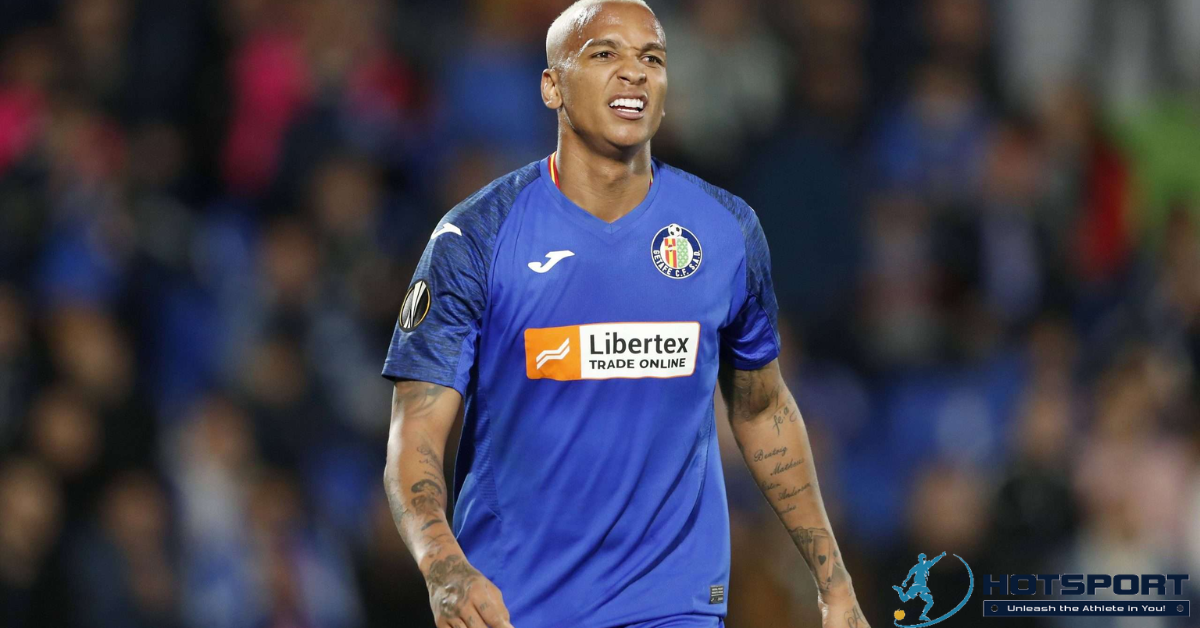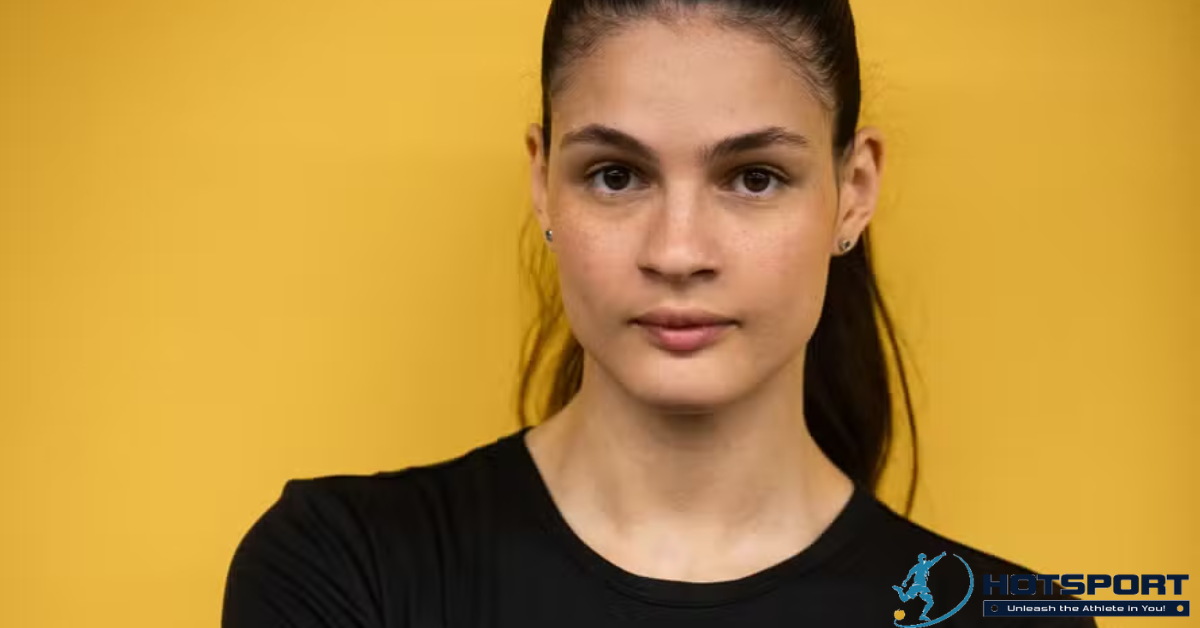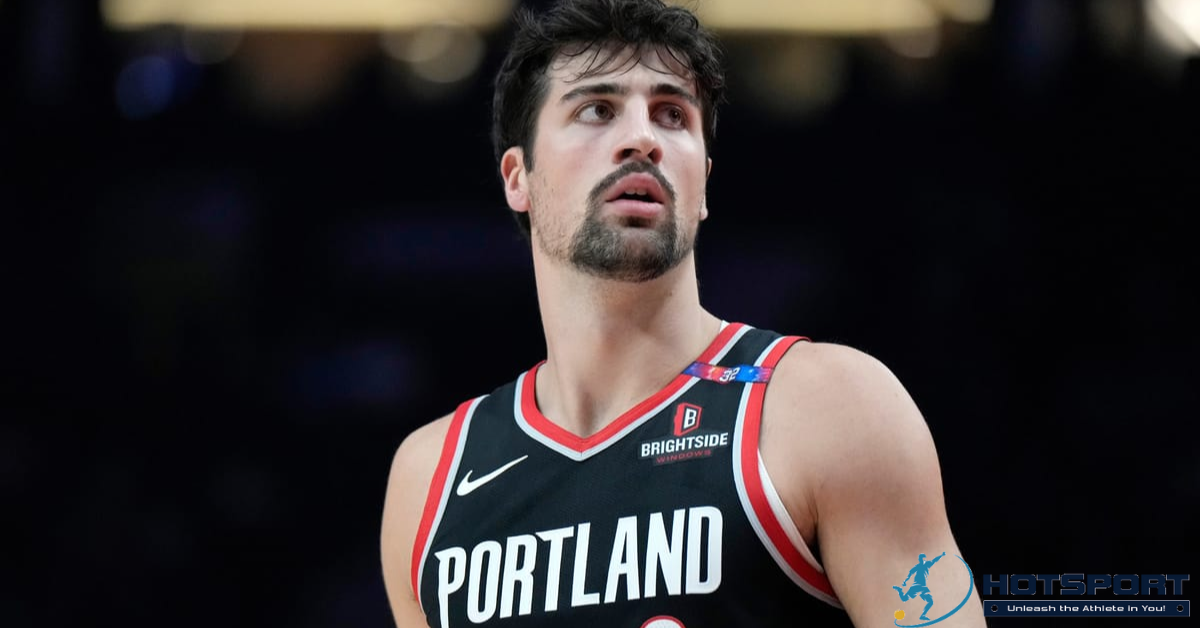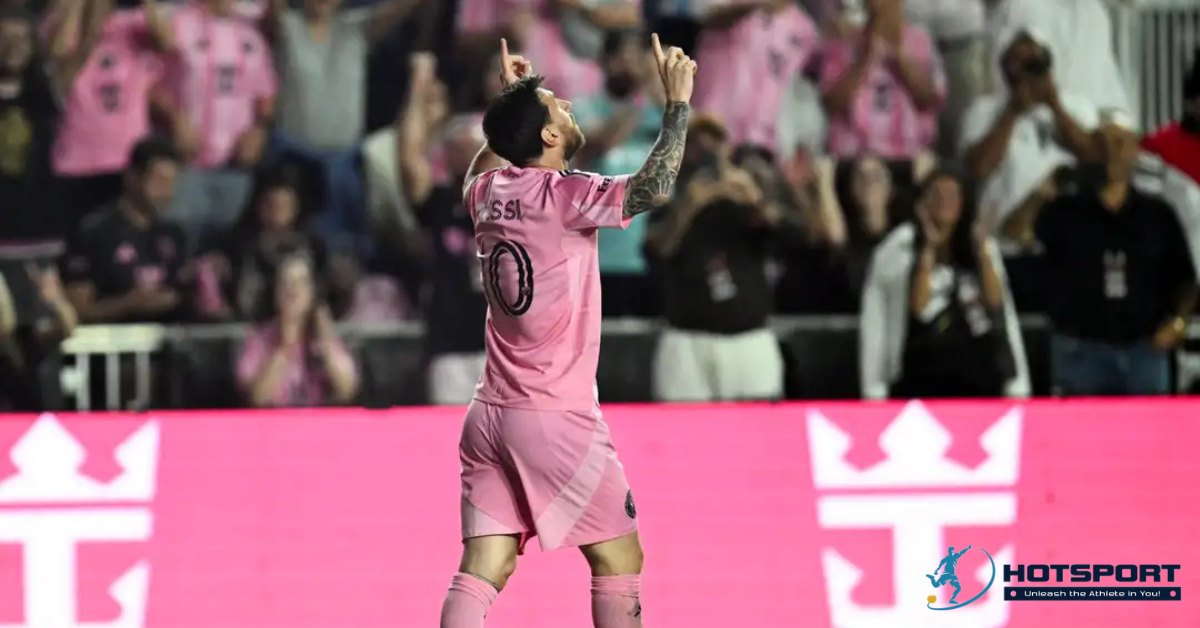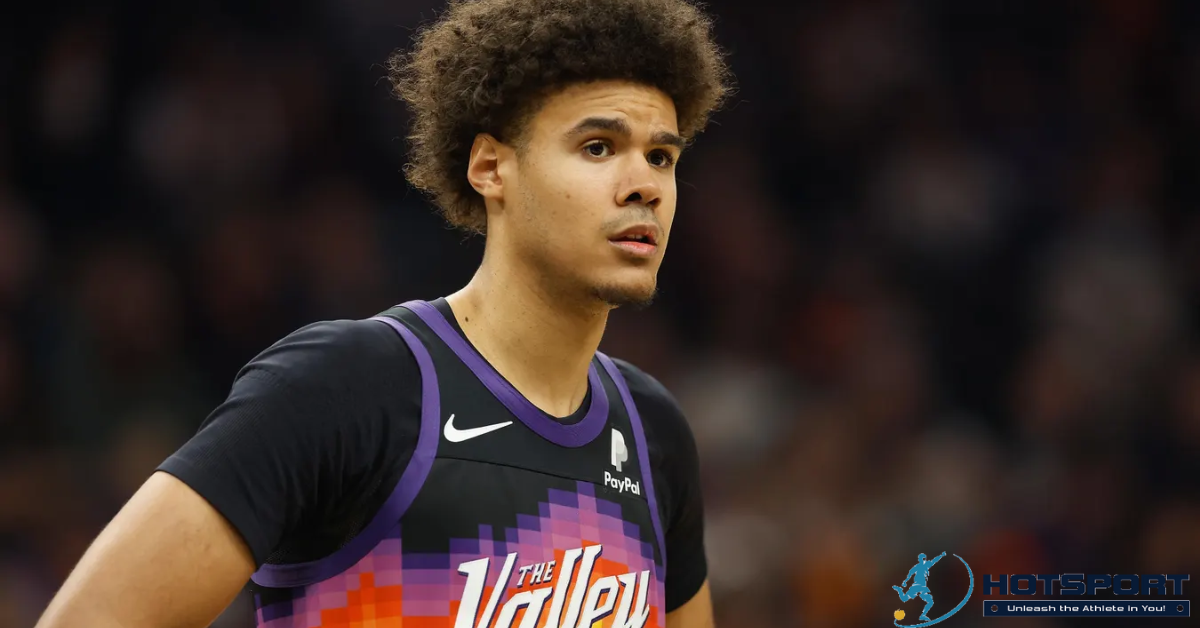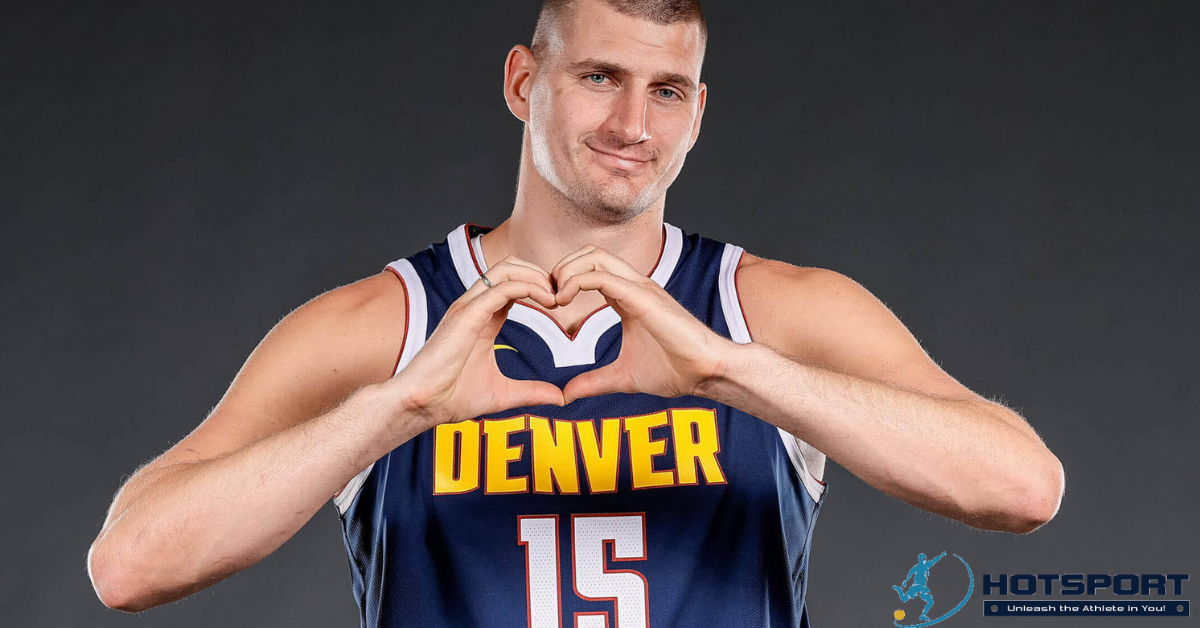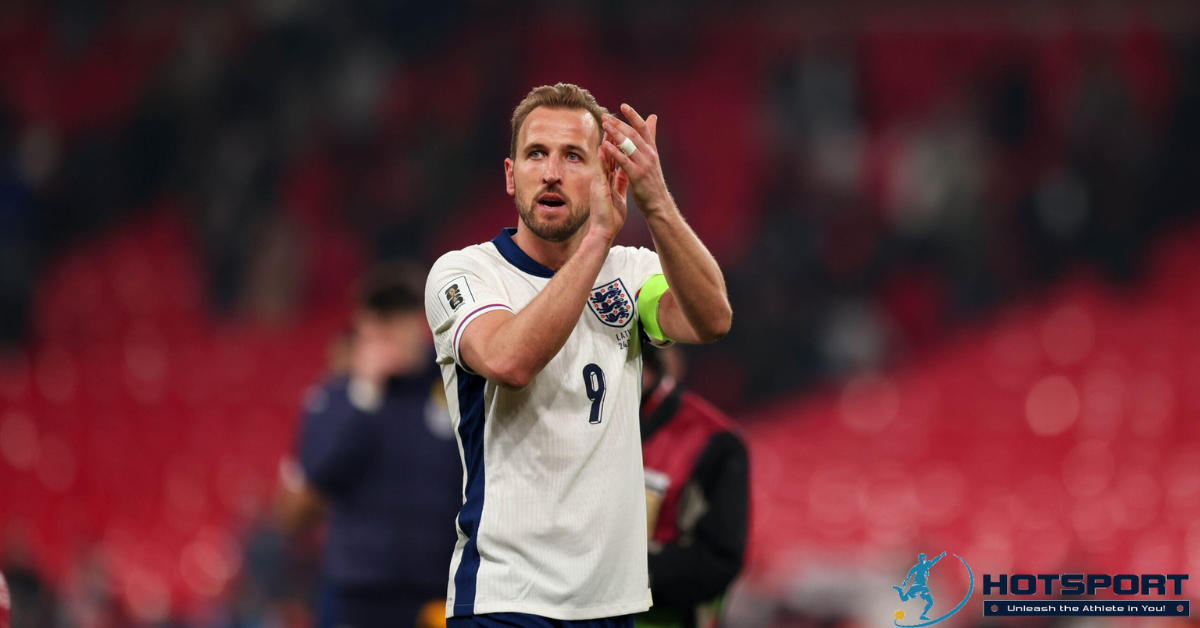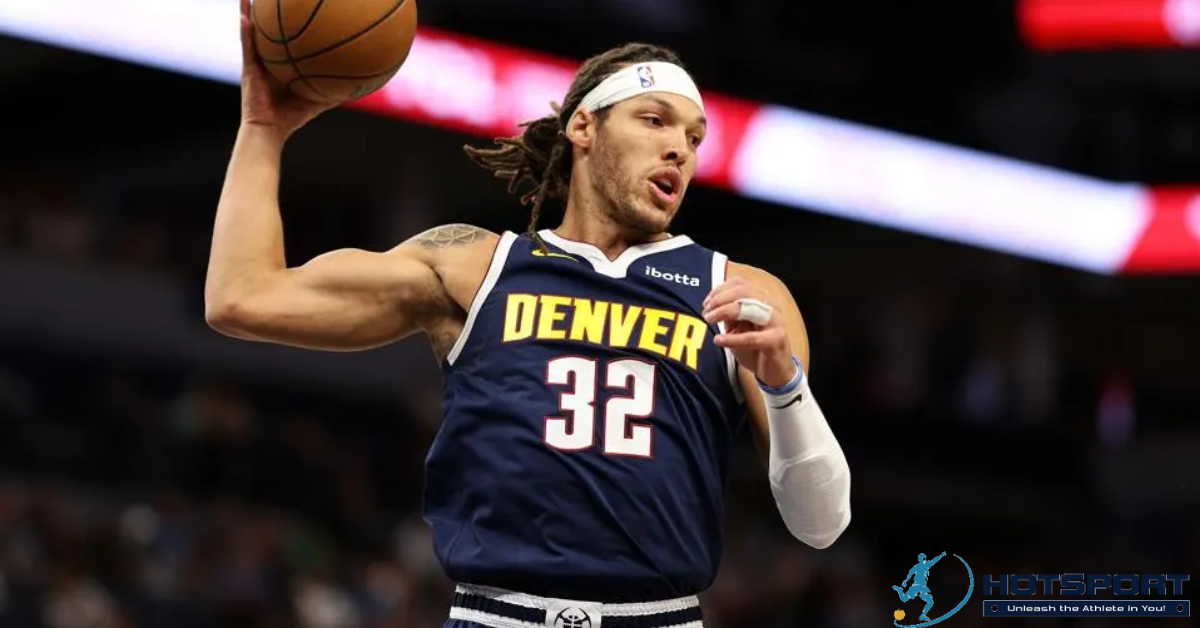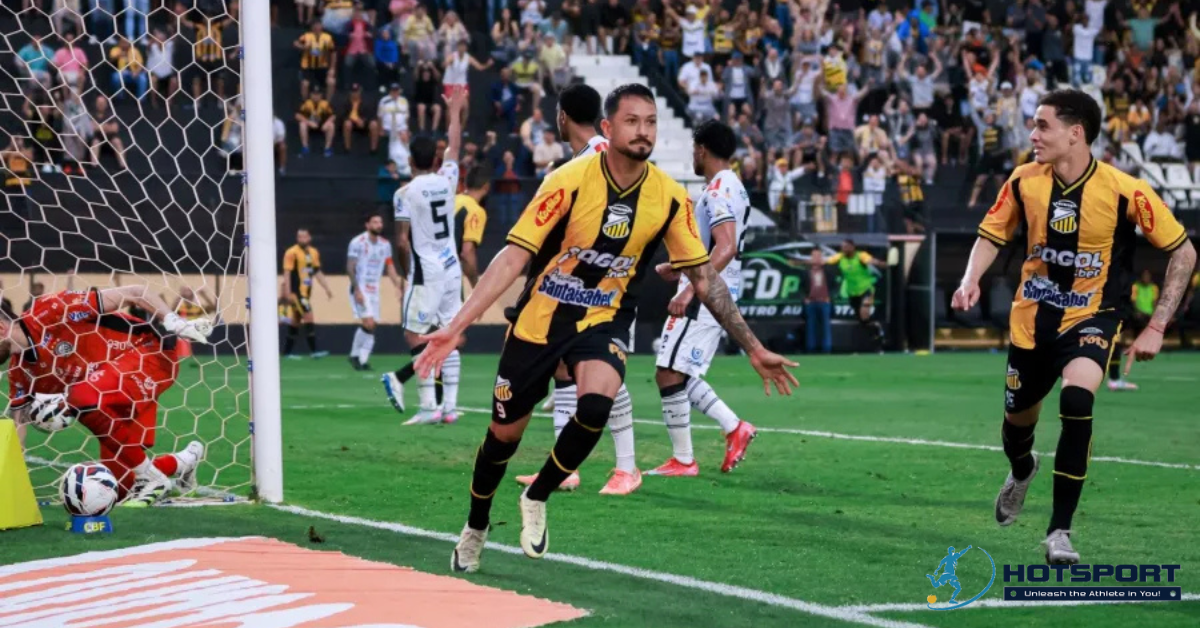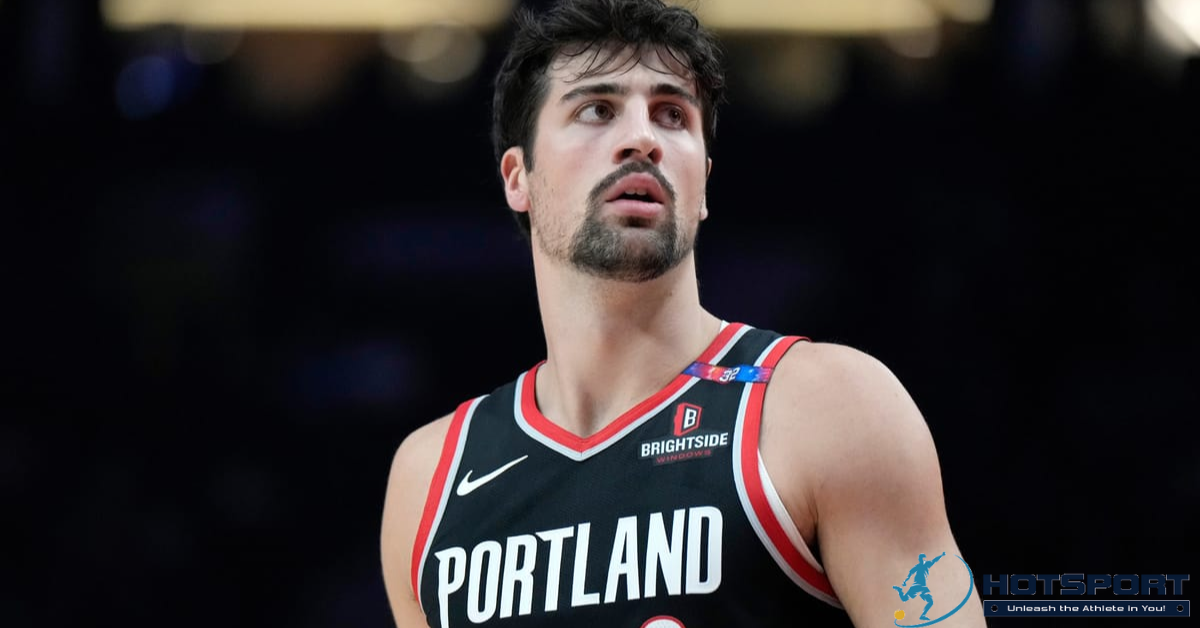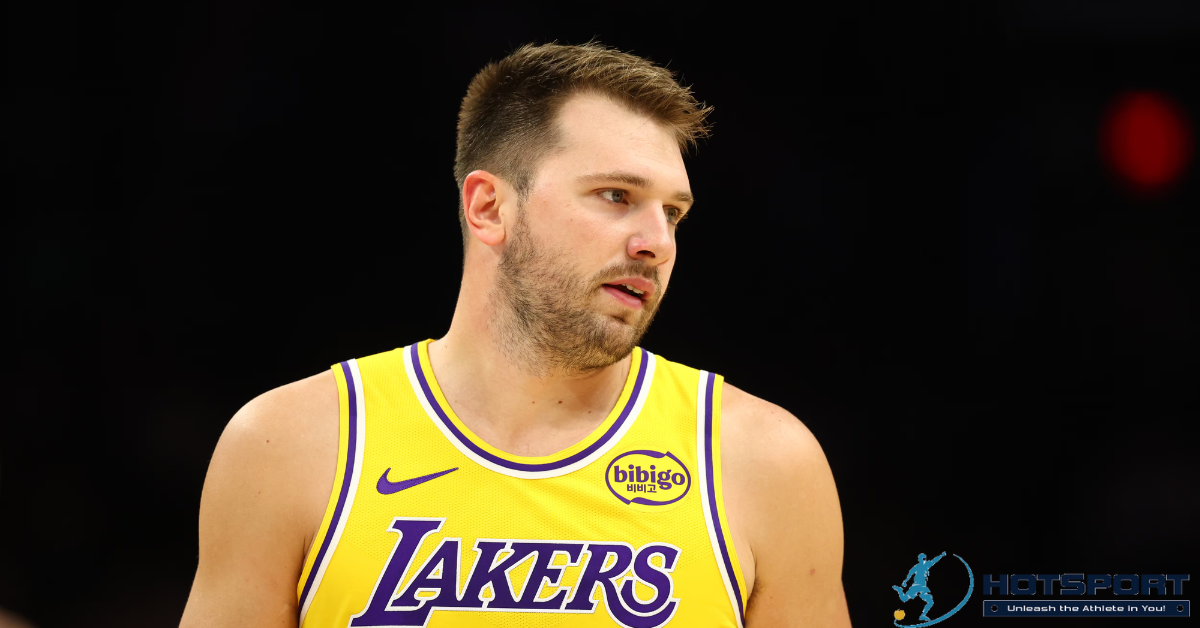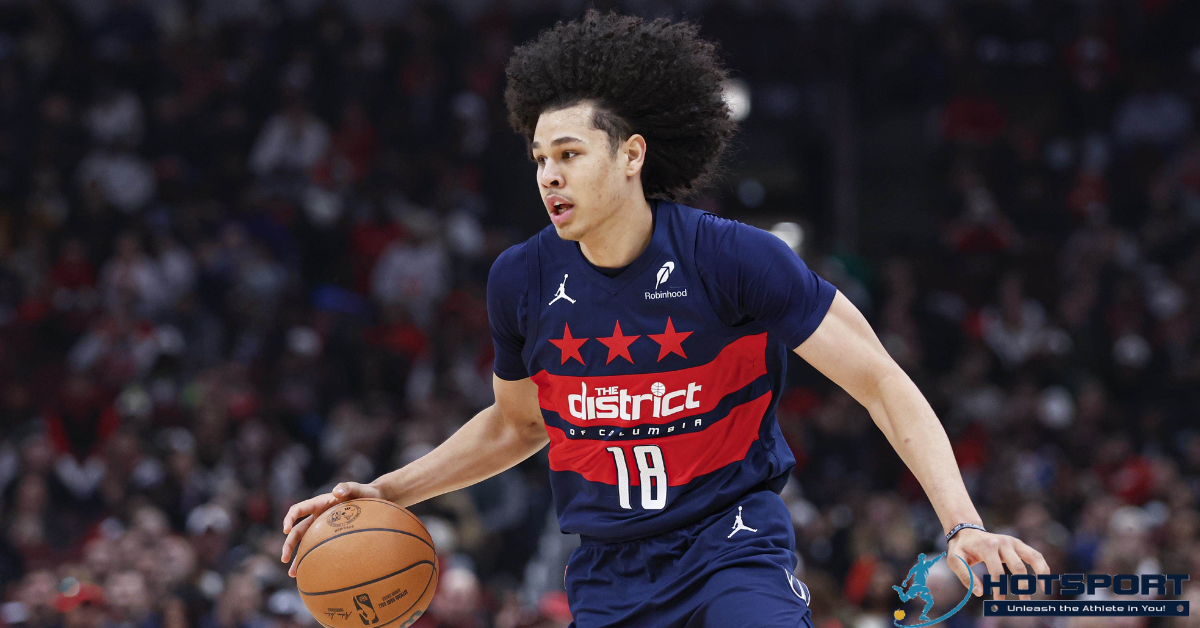Introduction
Deyverson Brum Silva, known simply as Deyverson, is one of the most distinctive figures in contemporary Brazilian football. Born on May 8, 1991, in Rio de Janeiro, this 1.87-meter, left-footed center-forward has won over fans and critics with his unpredictable style on the pitch. Nicknamed “Caça Rato” (Rat Hunter), “Piscadinha” (Little Wink), and “Menino Maluquinho” (Crazy Kid), Deyverson is not just a skilled player but a personality who blends talent, controversy, and moments of brilliance. Throughout his career, he has played for clubs in Europe and Brazil, amassing titles like the 2021 Copa Libertadores with Palmeiras and leaving his mark in derbies and finals. In October 2025, at 34 years old, Deyverson faces a transitional moment at Fortaleza, where he was sidelined by coach Renato Paiva after their Copa Libertadores elimination. This biography traces his journey from humble beginnings to current challenges, revealing the man behind the number 18 jersey.
With over 300 professional matches and approximately 134 goals, Deyverson embodies Brazilian football’s exportable talent: skilled, resilient, and full of stories. His path includes stints in Portugal, Germany, Spain, and Brazil, where he shone at clubs like Palmeiras, Cuiabá, and Atlético Mineiro. Beyond the numbers, it’s his ability to steal the spotlight—for better or worse—that makes him unforgettable. Let’s dive into the story of this striker who, despite controversies, continues to spark debates in the football world.
Early Life and First Steps in Football
Deyverson’s story begins in a modest neighborhood in Santa Margarida, inland Rio de Janeiro, where football was more than a sport—it was a pathway to big dreams. The son of a former amateur player, he grew up kicking balls on the streets and joining local academies. His father, who managed the Associação Esportiva Social e Cultural Mamaô, was the first to spot his potential. From an early age, Deyverson showed a knack for scoring and an infectious energy, traits that would carry him far.
At 20, in 2011, he took his first professional steps with Grêmio Mangaratibense, a small club in the Rio de Janeiro Série C. Over two years, he played 31 matches and scored 18 goals, catching the eye of European scouts. It was a grueling learning period: long trips, modest wages, and the pressure to prove himself in regional football. “I sold snacks on the street to help at home while grinding at training,” he later shared in an interview, revealing the financial struggles he faced before fame. A diehard Vasco da Gama fan, Deyverson dreamed of playing professionally, inspired by idols like Romário and Edmundo.
These early years shaped his character: persistent and irreverent. He failed tryouts at bigger Rio clubs but never gave up. In 2012, a European opportunity changed everything. Benfica, the Portuguese giant, brought him for trials with their B team, marking the end of his initial Brazilian phase and the start of an international adventure. It was there that Deyverson began building his reputation as a versatile striker, capable of battling in the box and creating unexpected plays.
The European Adventure: From Portugal to Spain
Europe was a major leap in Deyverson’s career, a period of cultural and technical adaptation that tested his limits. Arriving at Benfica B in September 2012 with a three-year contract, he debuted quickly against Tondela and scored his first official goal in November, in a 2-1 win over Oliveirense. In 29 matches, he scored 8 goals, standing out as a promising talent. However, injuries and fierce competition led to a loan move to Belenenses in 2013.
Benfica B and Belenenses: Early Portuguese Challenges
At Belenenses, Deyverson found a bigger stage. Signed in August 2013, he played 34 matches and scored 12 goals, showcasing his ability to adapt to Europe’s tactical football. But setbacks followed: knee injuries sidelined him for months, and he only returned at the end of his contract in 2015. “Portugal taught me to be a true professional,” he reflected on this phase, where he learned to handle the pressure of packed stadiums and demanding coaches.
Köln, Levante, and Alavés: Rising in the Elite
The year 2015 was a whirlwind. In February, a loan to Köln in Germany brought new horizons. He debuted in the German Cup, scoring against Eintracht Frankfurt, but his impact was limited: 9 matches and 2 goals. Returning to Portugal, he signed a four-year deal with Levante in Spain. His La Liga debut in August 2015 was against Celta de Vigo, and his first goal came in September, in a draw against Eibar. In the 2015-16 season, he scored 12 goals in 23 matches, earning attention from bigger clubs.
His European peak came at Alavés, where he was loaned in 2016. Scoring at the Camp Nou against Barcelona—in a historic 2-1 win—and against Real Madrid, Deyverson helped the Basque side finish ninth in La Liga and reach the Copa del Rey final, where they were runners-up to Barcelona. In 37 matches, he scored 7 goals. It was a phase of brilliance but also instability: returns to Levante yielded only 9 goals in 33 matches, and his European dream began to fade.
Overall, in Europe, Deyverson played over 150 matches and scored around 40 goals, proving he could compete at the highest level. But homesickness and a desire for more playing time brought him back to Brazil in 2017, ready for a new chapter.
Return to Brazil: Glory and Controversy at Palmeiras
Deyverson’s return to Brazil in July 2017, joining Palmeiras, was the pinnacle of his career. Recommended by coach Cuca, he signed a five-year deal and quickly became a key player. His first stint, from 2017 to 2019, was one of adaptation: in 2018, he scored 9 goals in the Brasileirão, including in derbies against São Paulo and Corinthians, and the title-winning goal against Vasco.
First Palmeiras Stint and Loans
But controversies emerged early. In 2019, during a Paulista Derby, he spat on Corinthians’ midfielder Richard, resulting in a six-match suspension in the Paulista Championship—and simultaneous bans in three competitions that year. “It’s like I have a chip in my head that makes me act like this,” he joked at the time, blaming stress. Loans to Getafe (2020, 7 matches, 1 goal) and Alavés (2020-21, 29 matches, 1 goal) were attempts to rediscover his form, but they fell short.
Reintegration and the 2021 Libertadores Hero
Reintegrated in June 2021, Deyverson exploded. He debuted scoring against Corinthians and shone in the Libertadores. In the semifinal against Atlético Mineiro, he invaded the pitch before Palmeiras’ equalizer—a controversial move ignored by VAR, with Conmebol upholding the result. In the final, in November 2021, he came off the bench in extra time against Flamengo, stole the ball from Andreas Pereira, and scored the title-winning goal: 2-1. Named man of the match, he cried like a child, cementing his status as a Palmeiras idol. In total, he played 144 matches and scored 31 goals for the Verdão.
Later Stages: Cuiabá and Atlético Mineiro
After Palmeiras, in 2022, Deyverson joined Cuiabá, where he found stability. Debuting with a win over Juventude, he scored 33 goals in 83 matches, becoming the club’s top scorer in the Brasileirão (18 goals) and second-highest overall (82 goals). Highlights included braces against Flamengo and routs in state championships.
In August 2024, he moved to Atlético Mineiro for €700,000, with a contract until the end of 2025. He debuted against Cruzeiro and scored in a win over Bragantino. In the Libertadores, he was decisive: two goals against Fluminense in the quarterfinals and a brace in the semifinal against River Plate. In 35 matches, he scored 8 goals, but Atlético were eliminated in the semis.
The Fortaleza Phase and Current Situation
In March 2025, Deyverson signed a three-year deal with Fortaleza, until 2026, wearing the number 18. He debuted against Fluminense, and by August, he had played 29 matches with 5 goals. But the Libertadores round of 16 elimination changed everything. On August 21, 2025, coach Renato Paiva sidelined him, along with four others, stating: “They should look for other clubs.” Paiva cited internal attitudes that didn’t help the team, part of a post-defeat overhaul. Since then, Deyverson has trained separately, excluded from match squads, facing uncertainty at 34. Rumors of a departure circulate, but he remains under contract until 2026, with a market value of €500,000. In October 2025, his future is unclear, but his experience could attract smaller clubs or a return to Rio.
Controversies and Memorable Moments
Deyverson is synonymous with controversy. His wink in the 2018 Paulista Derby against Corinthians nearly led to an STJD punishment. In 2022, he scored a penalty and was sent off against Bragantino. His pitch invasion in the 2021 Libertadores semifinal became a meme but secured the title. Off the field, he sang pagode and sold snacks in his youth, stories that humanize the “crazy kid.” Moments like his goal against Barcelona at the Camp Nou or the final against Flamengo are eternal.
Legacy and Future
With titles like the 2018 Brasileirão and a Copa del Rey runner-up finish, Deyverson leaves a legacy of resilience. Palmeiras’ top scorer of the century (69 goals overall), he inspires youth from humble backgrounds. At 34, his sidelining at Fortaleza could mark the end or a new beginning—perhaps at a Rio club, honoring his Vasco roots.
Conclusion
Deyverson is football personified: unpredictable, talented, and human. From Santa Margarida to Europe and back to Brazil, his journey of highs and lows reflects the sport we love. In October 2025, as he seeks a new path, he reminds us that champions aren’t perfect but unforgettable. Here’s to more chapters in this wild story.

